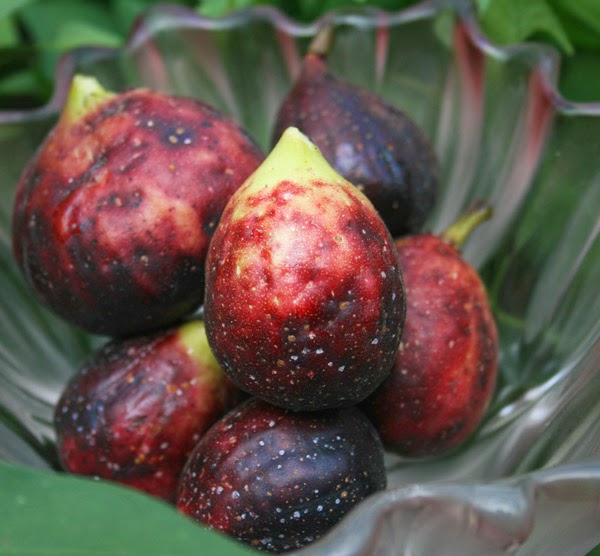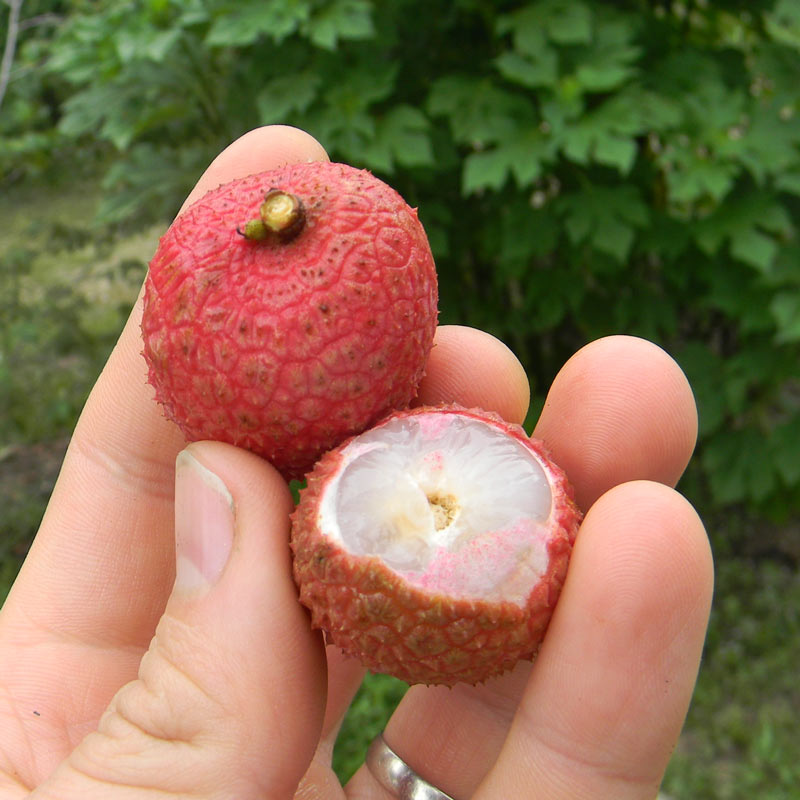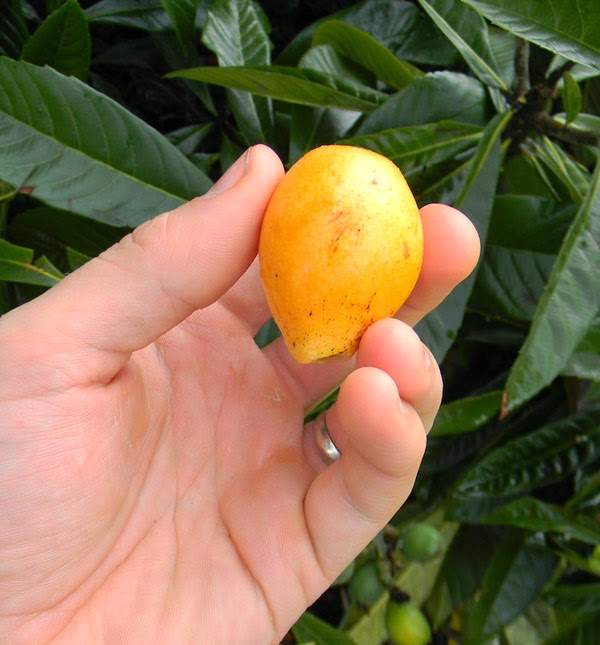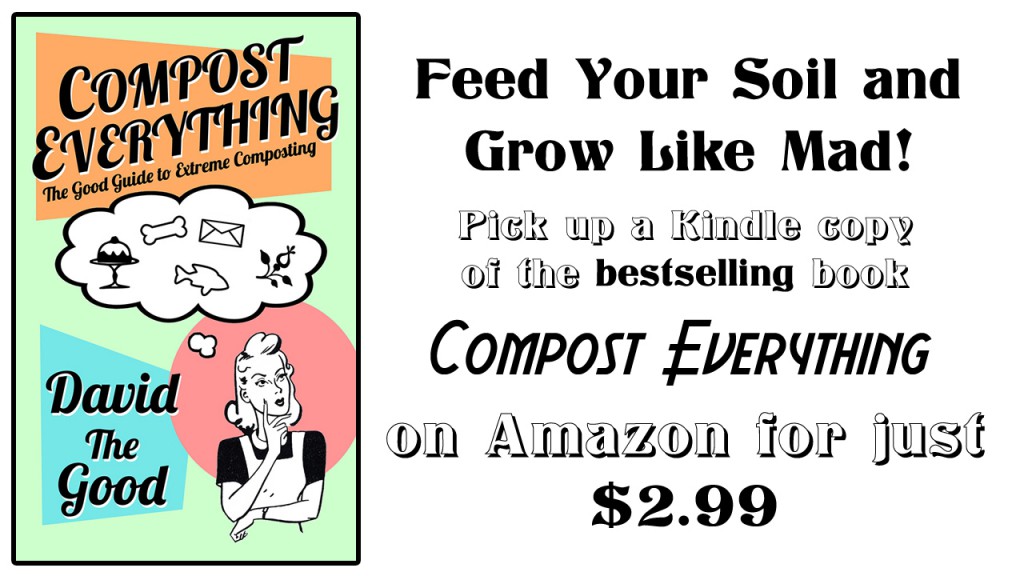 |
| Luscious purple Florida-grown figs. |
Last night I noticed this comment on the high-density orchard post over at The Brilliant Homestead:
Most people think “apples” when they hear orchard. What would I plant in a Florida front-yard orchard? –Phyllis Franklin
Ah-ha!
Thou art in luck: trees are one of my favorite topics!
For those of you who don’t know Phyllis, she is a writer with her own homesteading blog “Evolution of a Farm Girl.”
Even better, she’s a homeschooling mom. (Since I was raised by a homeschooling mom, I’m rather partial to that rare and wonderful breed of lady.)
Now: trees.
The question, “What would I plant in a Florida front-yard orchard?” is not easy to answer without knowing a location.
The one thing I wouldn’t plant anywhere in the state is citrus. Just don’t do it – you’ll lose the tree.
That aside, here are my recommendations.
Trees for a South Florida Orchard
 |
| A fragrant lychee. |
In south Florida and large parts of coastal Florida, your options are incredible. My in-laws, for example, bought a house that had a small mango orchard planted in the front yard. The trees are now gigantic and bear incredible quantities of mangoes which bring them a decent side income during mango season.
My parents have a tamarind, a canistel, an acerola cherry and a jabuticaba tree in their front yard in Ft. Lauderdale. In the side yard they have a fig and a tropical almond. Out back there’s a chocolate pudding fruit, a mango, a Key Lime, a coconut palm, multiple bananas, cattley guavas, Surinam cherries, dragon fruit cactus, a Grumichama, a starfruit, plantains, papayas and probably a few more trees I can’t remember (they’re all parts of The Great South Florida Food Forest Project).
If you wanted an orchard in South Florida, all of those trees would be excellent choices.
I’d also add:
Sapodilla (Mmmm)
Jackfruit (Largest fruit in the world)
Mulberries
Longan (high market value)
Lychee (high market value)
Custard apple
Cashew (a fruit AND a nut!)
Macadamia (Awesome nut, nice big tree)
Soursop (anti-cancer!)
Ackee (poisonous unless harvested at the right time)
Loquat (grows in north and south Florida)
Jamaican cherry (delicious)
Tropical guava
Cinnamon (large tree and very beautiful)
Peruvian apple cactus
Coffee (Yep, it grows into a small tree)
Nutmeg (probably marginal)
…and probably a hundred more tropical trees.
The quantity of fruit you can grow down there is astounding. I’d bet on at least a 1,000 species since the Tropics are BY FAR a much more productive region than the world’s temperate zones.
Trees for a Central/North Florida Orchard
 |
| A tangy loquat. |
The further north you move in the state, the more your options dwindle.
That said, you do pick up a few new species that cannot be grown in the southern tip of the state, such as plums, peaches and pears.
The transition isn’t immediate, but basically once you have overnight lows that go below the upper 20s, your tropical trees become a hard-to-grow liability rather than good orchard fodder.
My favorite three N/C Florida fruit trees are mulberries (white, black, Persian and Pakistan), Japanese persimmons (be sure to get both astringent and non-astringent types – they both have their uses on the homestead) and loquats. Finding improved loquat varieties isn’t easy but they’re worth buying since they bear larger and sweeter fruit than the landscaping seedling trees usually found for sale.
After those, I would add these trees to my North Florida orchard:
Pears (“Pineapple” is my favorite – tough and disease-resistant. Orient is a good pollinator.)
Plums (UF varieties)
Peaches (UF varieties or seedlings from locally-picked fruit)
Apples (Anna, Dorsett, Tropic Sweet, Ein Shemer. None are particularly easy to grow here)
Pecan (gets big, but has high market value)
Chestnut (fast producer of sweet nuts – get two “Dunstan” types)
Figs
Nectarine (UF varieties)
Avocado (cold-hardy types such as Lila and Mexicola. Subject to early death via disease.)
Bananas (Raja Puri, Orinoco, Red Dwarf, Ice Cream all survive cold)
Pomegranates (Note: some spontaneously die. Don’t get attached!)
Autumn olive
Goumi berry
Black cherry (gets tall – hard to harvest – flavor is amazing)
Japanese raisin tree (rare)
Sichuan Pepper
Jujube (Chinese)
Among these trees there are many cultivars and variations that should keep you quite contented as you plan. I currently prefer a food forest to an orchard; however, an orchard is better than having just a couple of trees… and a couple of trees are still better than lawn.
As you plant I would mix up the species rather than keeping them together in blocks of the same type. That makes it harder for pests to jump from tree to tree. Running chickens through the orchard on a regular basis also feeds the trees and knocks back potential pest problems.
Along with these trees, you can add a couple of wires for grapes as a nice upgrade. Or build an arbor.
Now go, Phyllis. Plant!



16 comments
I love your list of fruit trees for southern and northern Florida!!! I live on the Alabama Gulf Coast, and my temps and conditions are just like northern Florida. I would add 3 plants that I have in my garden that I love. 1) hazelnut trees grow well for me (you need 2 for pollination), and 2) paw paw trees (again, 2 for pollination, and 3) passionfruit vines.
Great suggestions!
Hi Cristy :) I would love to grow hazelnuts in my backyard in Northwest Florida (about 30 miles from AL border). I read in an online article that some hazelnuts do best in zones 4-6, others in 7-9. Which variety do you grow?
As a newly transplanted Yankee, when is the best time to put these types of fruit trees in the ground? Thanks for your great blog!
Fall is good, but really – any time of year will work here. Just keep them well-watered.
For the less cold-hardy species, plant in the spring.
This is great!
Cristy from Alabama mentioned Paw Paw, and that made me think of a wild tree that grows here- Mayhaw. The berries make terrific jelly.
More to add to my wish list, David. I think I'll plan a hybrid food-forest-orchard for my front yard. And a raised bed garden and water chestnuts in my backyard swamp. :)
-Phyllis
David, do you have sichuan pepper trees for sale? If so, I will be at your door tomorrow morning, tea in hand. And cash.
What fruit can I plant in a container in south FL that will ripen in the winter between mid-November and mid April, when I am there?
I already have bananas, papaya, Meyer lemons, pummelos, and oranges growing on the property.
I don’t want another citrus.
What about Sunshine blue blueberries? I know they need two to pollinate one another. Could I put two into one container? Or grumichana cherries?
The container is 25 inches tall and has an inside diameter of 27 inches.
Thanks for your help.
Joanne
Friendly reminder that raw cashews are poisonous, both to people and pets.
Yes, but only the seed portion, not the fruit it’s attached to.
Hi, Dave! I’m really enjoying your posts on this, as I am working towards a similar goal. According to my information, cashew fruit is edible, but the nut is poisonous unless processed. Fruit is supposed to be tasty. I had a tamarind in my side yard where I used to live. Gorgeous tree, but I never seemed to be there at the right time for the fruit lol. I’ve started another one. From all I am hearing and observing, a lot of the problem with citrus greening I suspect is lack of nutrition. People still say you can plant the citrus in sand, groves which are old usually have not had sufficient nutrition added back. I believe, and have a Ponderosa lemon in a container, that with appropriate nutrition, both applied to the ground and foliar spray, that citrus greening can be avoided. And did I mention that is the only citrus I currently am trying? The ackee is poisonous. I believe it grows in Jamaica, where people know the perfect time to harvest. Sounds interesting, but there are so many trees, so little time lol. I had a macadamia tree…beautiful, harvested a few nuts. BUT, getting the meat is worse than getting into a coconut. One of my friends tells me there is a tool. Where was he then??? Love your tree lists :) Thanks for doing such a wonderful job!!!!
Thanks, Teddy. The variety really can be overwhelming.
I love this list. I am in Central Florida (Orlando / Ocoee area) and I currently have Apple, Pear, Mango, Avocado, Lemon, Lime, Tangelo, Red Grapefruit, Starfruit, Blueberries, Grapes (muscadine and seedless), Raspberries, Blackberries, Strawberry, Pineapples, Miracle Fruit, Red and White Mulberries, Fig, Banana, Apricot, Loquat, Florida Peach, Surinam Cherry, Barbados Cherry, Red Navel Orange, Passion Fruit. I’ve had Jackfruit and Goji berry, but I’m afraid they didn’t make it last drought that I didn’t baby them. Most of mine are in containers. I want to get a good Sand Pear like my childhood neighbor had. They were really crisp and crunchy and made the best pear pies and cakes. I can’t seem to find it locally and I don’t know what else to look for. The neighbor called it a Sand Pear or Sandpaper pear. The skin was rough, with a greenish/brown base color with brown spots. Any idea what else it might be called or where I can get a few of these? Any help would be greatly appreciated. Thanks
Yes, Mary – look for “Pineapple” pear. That’s probably the best Florida sand pear variety.
I’m moving to the Sweet water area and an super excited about growing my first fruit tree. Any recommendations of nurseries were I can buy some trees?
There should be some amazing nurseries in the Redlands area, and through Miami. Pine Island Nursery is good, as is Spyke’s Grove Nursery in Davie. I would plant a mango first! Then a starfruit, a jaboticaba, an acerola cherry and some bananas. All are easy.
Comments are closed.